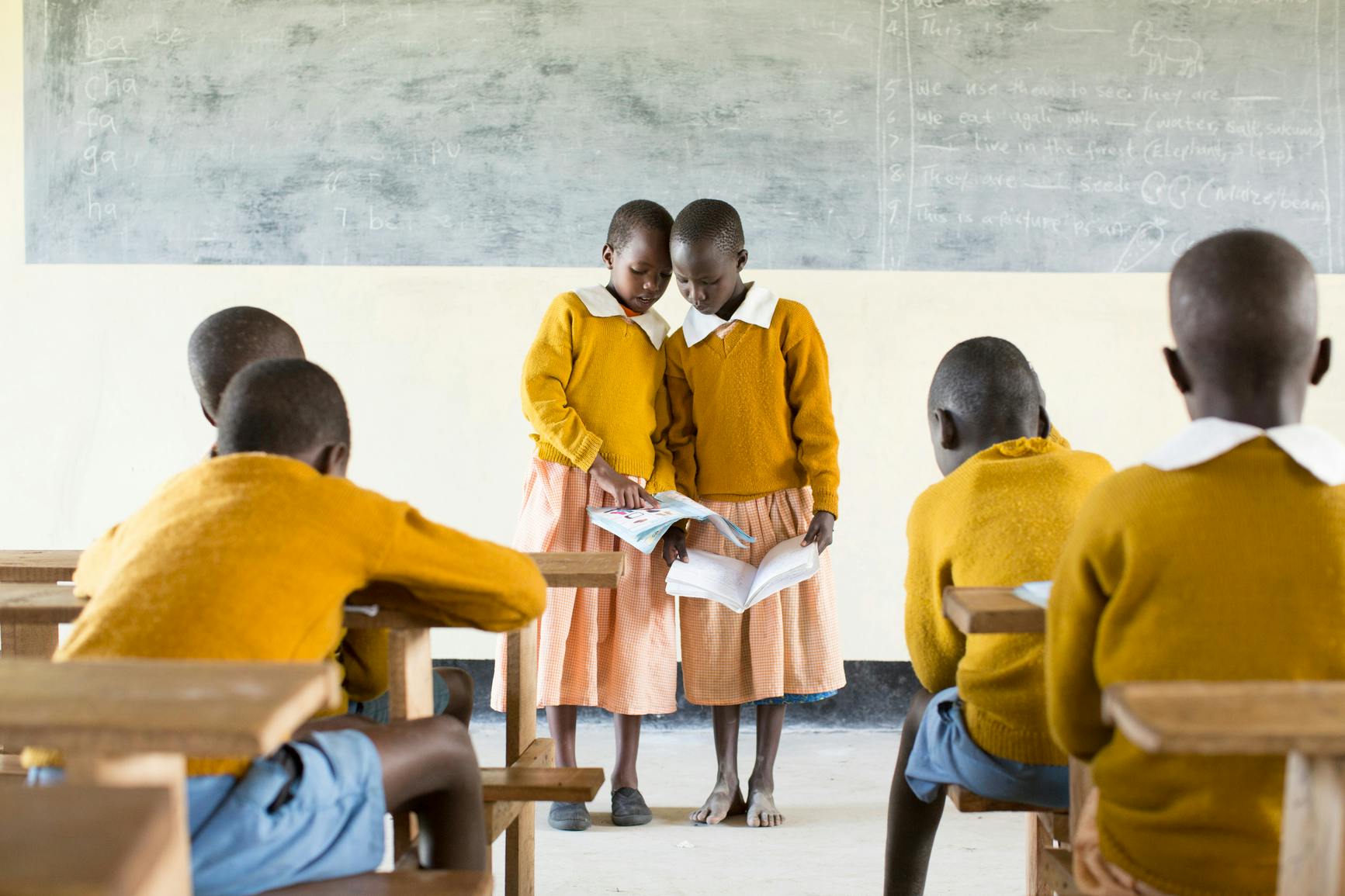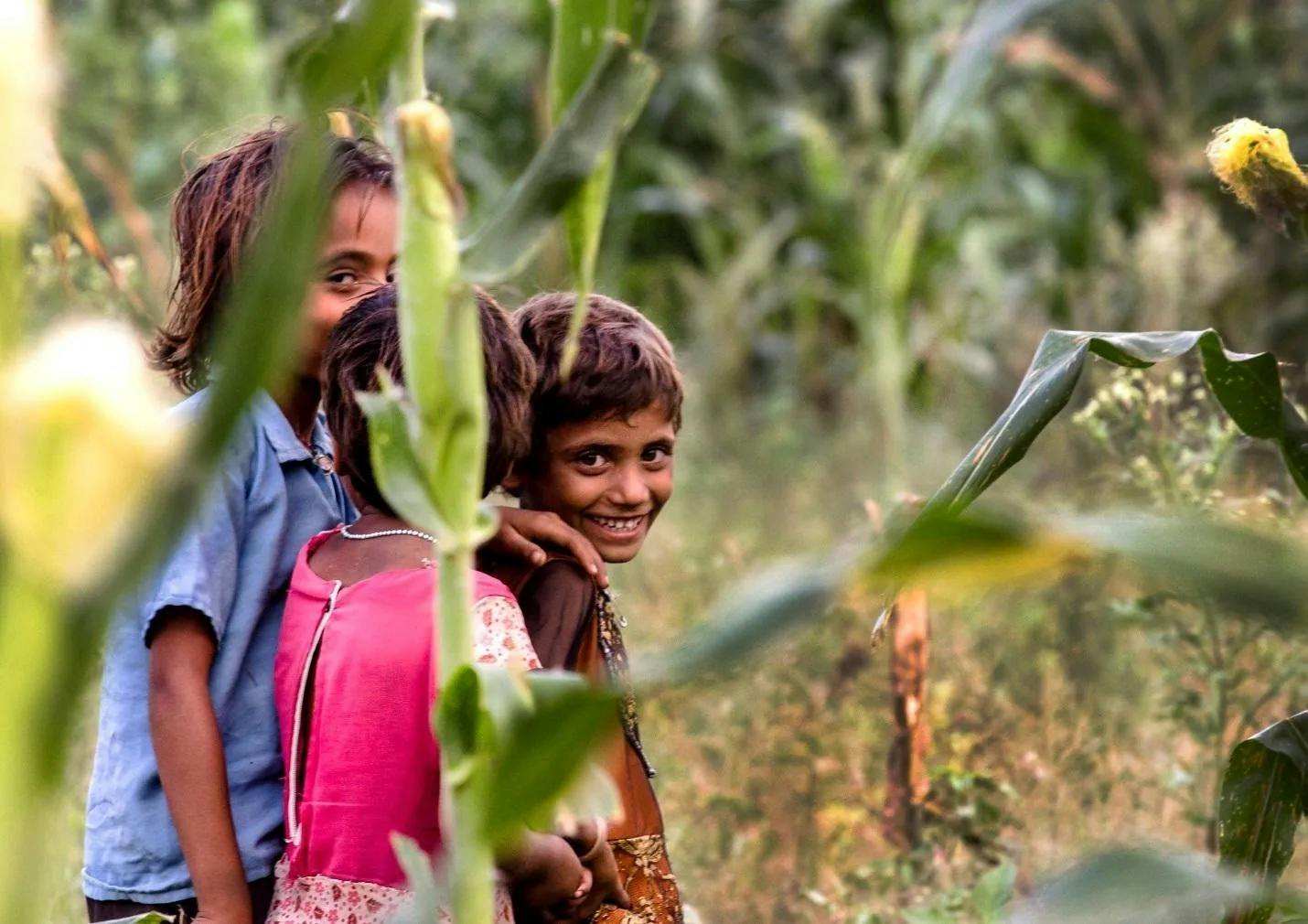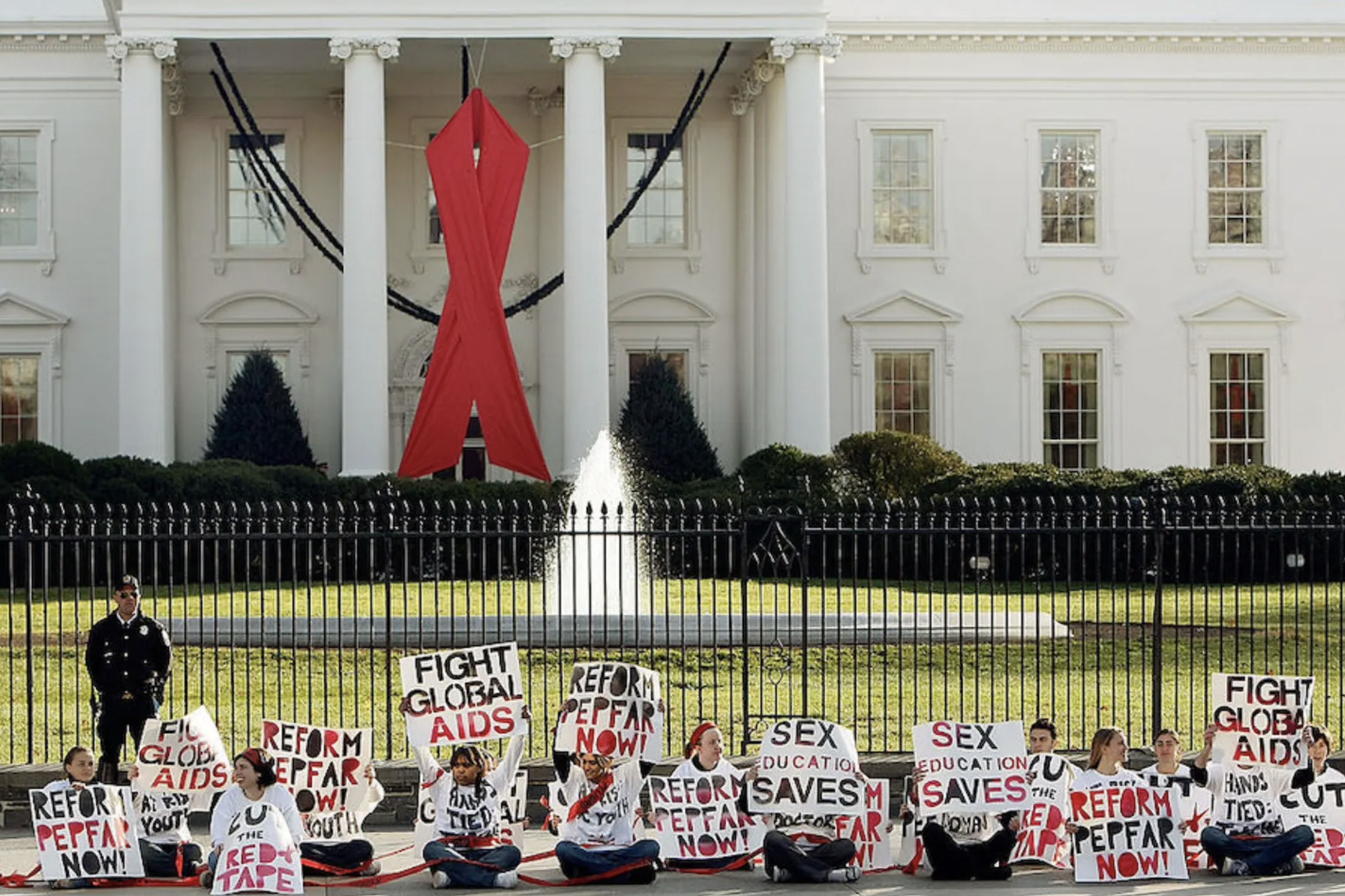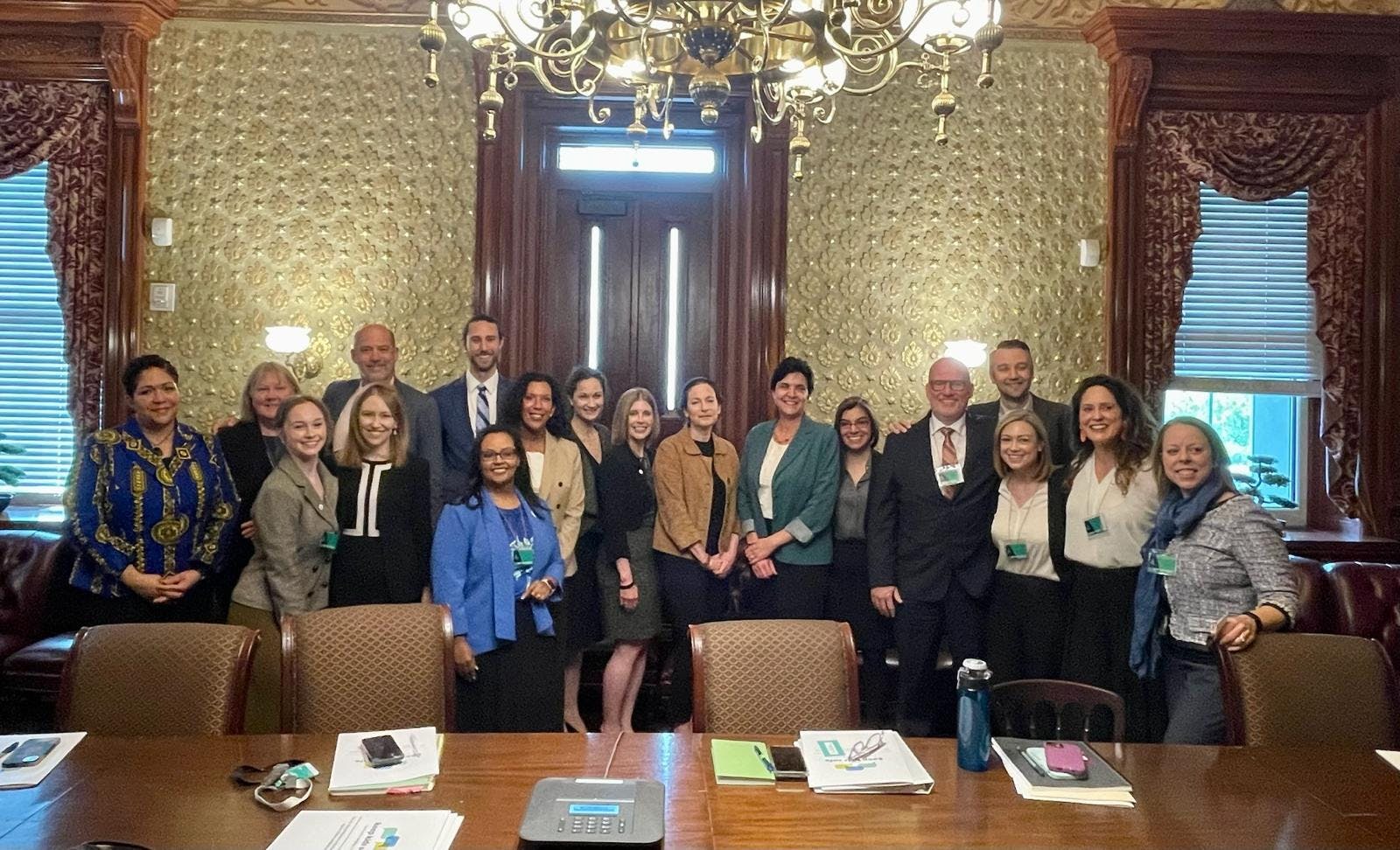TfG's take

Africa’s future: how one historic conference on ending violence against children holds the key to leveraging the region’s potential
- 22nd November 2024

Digital safety must not slip through the cracks at the first Global Ministerial Conference to End Violence Against Children
As we work towards ending violence against children, we must acknowledge that digital technology is an integral part of children’s everyday lives, with both unprecedented opportunities but also risks of harm.
- 30th September 2024

How can we keep kids safe with only $0.09 of U.S. foreign assistance budgeted towards child wellbeing?
To ensure the continued leadership and influence of the U.S. in the prevention of and response to violence against children globally, we are requesting at least $10million in funding to support VACS directed by CDC to meet the demand across a more comprehensive geographic range of implementation relevant to U.S. foreign assistance priorities.
- 26th September 2024

Is now the most critical moment of influence for the first Global Ministerial on Ending Violence Against Children?
With six weeks to go until the first ever global Ministerial on ending violence against children we are at a tipping point to protect the 1 billion children who experience violence every year.
- 25th September 2024

How to create a Call to Action on preventing and ending violence against children
Ahead of the Global Ministerial Conference on Ending Violence Against Children, we must call on governments to take action for children, adolescents, and youth. Learn how to create your own Call to Action to urge your government to take action to end violence against children at the Ministerial Conference with this new guide
- 23rd August 2024
- EN, ES, FR
Bringing the power of data to end violence against children to Capitol Hill
Violence against children is a public health and human rights crisis, but we know there are solutions. Quality, comprehensive data is critical to illuminating this pervasive problem and can be used to inform evidence-based solutions that have delivered proven results.
- 21st March 2024

To truly invest in children, Africa’s leaders must invest in what keeps them safe
We are more than halfway to the 2030 deadline for achieving the United Nations’ Sustainable Development Goals, but most African countries are struggling to make sufficient progress. Africa has a chance to meet them by investing in its greatest resource: its young people.
- 4th February 2024

Why investing in education means investing in child safety
All children have a right to learn. The threat of violence stops many from going to school and many more from achieving learning outcomes. If they are serious about education, governments must invest in understanding the nature and drivers of violence against children and use data and evidence to ensure their safety.
- 1st February 2024

Why education has to start with keeping children safe
It is not enough for children to attend school. We must also ensure they are safe doing so. Violence prevention and response should be integrated into education policy and programming to ensure safe schools for all students.
- 11th January 2024

Twenty years of impact: Funding the fight to end AIDS by 2030
Right now, the stakes could not be higher for millions of adolescent girls and young women. Sustained funding for PEPFAR means extending a lifeline by accessing services to help them heal and thrive, pursuing education while living HIV-free lives.
- 30th November 2023

Proven: The power of data-driven advocacy to protect children
With data from 23 countries we've successfully created evidence-based solutions to reduce violence against young girls, including ending child marriage and other harmful norms. See the VACS in action.
- 18th July 2023

The Keep Kids Safe Movement calls on Washington to take action
Survivor advocates and allied leaders convened in Washington, DC to call on the White House and Members of Congress to ensure access to prevention, healing, and justice and draw attention to the silent scourge of sexual violence against children and adolescents in the U.S. and globally.
- 8th May 2023